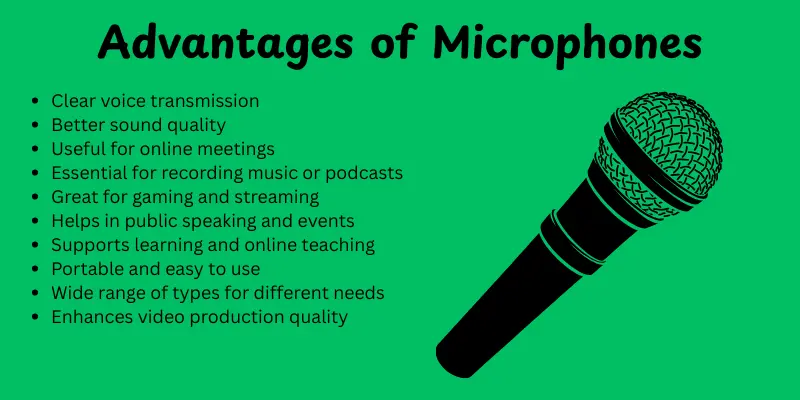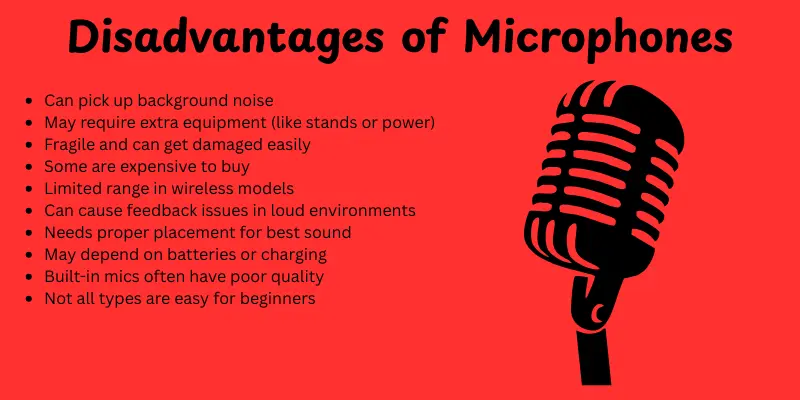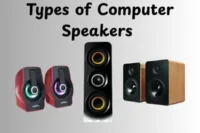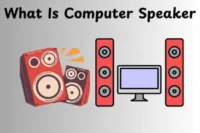Top 10 Advantages And Disadvantages Of Microphone
Published: 10 Oct 2025
Did you know that almost every computer today comes with a built-in microphone? While it’s useful for video calls, gaming, and recording, not all types of microphones offer the same quality. Learning the advantages and disadvantages of a microphone in a computer helps you understand its limits and when an external microphone might be better.
Advantages of Microphones
Microphones play an important role in communication, recording, and entertainment. They make voices clearer, capture sound accurately, and improve the overall audio experience.Here are some benefits of microphones:

- Clear voice transmission
- Better sound quality
- Useful for online meetings
- Essential for recording music or podcasts
- Great for gaming and streaming
- Helps in public speaking and events
- Supports learning and online teaching
- Portable and easy to use
- Wide range of types for different needs
- Enhances video production quality
1. Clear voice transmission
A microphone makes your voice louder and clearer, so others can hear you without effort. It reduces the strain of speaking loudly in big rooms or at meetings. This is very useful for teachers, presenters, and speakers. A microphone makes sure that everyone receives your message and does not miss any important details.
2. Better sound quality
Microphones capture sound with more accuracy to built-in devices. They help your voice sound smooth and natural, reducing distortions. This is why singers, podcasters, and professionals depend on them. Good sound quality makes a strong impression on listeners.
3. Useful for online meetings
Microphones in online meetings make sure your colleagues or students can hear you well. Built-in laptop microphones usually sound dull or unclear, but external microphones solve this issue. Clear communication reduces misunderstandings and improves teamwork. It also improves the level of professionals in virtual meetings.
4. Essential for recording music or podcasts
Artists and content creators need microphones to record high-quality audio. They carefully catch each tone of speech or instrument detail. This makes songs and podcasts sound polished and professional. Without a good microphone, recordings often lose depth and quality.
5. Great for gaming and streaming
Gamers and streamers use microphones to talk with teammates or interact with audiences. A microphone makes conversations smooth and interactive. Clear voice chat builds stronger connections with viewers and friends. It also adds fun and excitement to live gaming sessions.
6. Helps in public speaking and events
In events, microphones allow speakers to reach large audiences. Without one, people at the back may struggle to hear. A microphone helps maintain energy and confidence while addressing a crowd. It also makes the event more organized and engaging.
7. Supports learning and online teaching
Teachers and students use microphones in virtual classrooms to communicate clearly. A good microphone makes lessons easy to follow for everyone. It also helps record lectures for later review. This makes learning smoother and more interactive.
8. Portable and easy to use
Most microphones are lightweight and simple to set up. You can carry them anywhere for meetings, performances, or recording sessions. Many new microphones work immediately when set in, without any extra setup. This makes them convenient for beginners and professionals alike.
9. Wide range of types for different needs
There are microphones designed for every purpose—like dynamic, condenser, USB, or wireless. Each type suits specific tasks, such as singing, gaming, or outdoor recording. This variety gives you flexibility to choose what works best. It ensures you always find the right tool for your job.
10. Enhances video production quality
Videos with poor sound often feel incomplete, even if the pictures are good. A microphone adds depth and professionalism to video projects. Viewers enjoy content more when voices are clear and background noise is reduced.This is why creators usually combine high-quality audio with attractive visual content.
Disadvantages of Microphones
Microphones are very useful, but they also have some drawbacks. Knowing these limitations helps you make a smarter choice before using or buying one.Here are some drawbacks of microphones:

- Can pick up background noise
- May require extra equipment (like stands or power)
- Fragile and can get damaged easily
- Some are expensive to buy
- Limited range in wireless models
- Can cause feedback issues in loud environments
- Needs proper placement for best sound
- May depend on batteries or charging
- Built-in mics often have poor quality
- Not all types are easy for beginners
1. Can pick up background noise
Many microphones are very sensitive, so they can easily record unwanted noises. This includes noises like fans, traffic, and people talking in the background. Such noise reduces sound quality and makes the main speaker difficult to understand. That’s why microphones often need quiet environments to work properly.
2. May require extra equipment (like stands or power)
Some microphones can’t work alone and need extra equipment. For example, condenser microphones require virtual power, while others could want support for stability. This increases the cost and setup time for users. Beginners may find this more difficult than simple plug-and-play options.
3. Fragile and can get damaged easily
Not all microphones are strong. Ribbon and condenser microphones, for example, are very delicate and must be handled carefully. A small drop or strong air pressure can damage them. This makes them less practical for rough or outdoor use.
4. Some are expensive to buy
High-quality microphones can be very costly. Professional studio microphones, particularly condenser or ribbon types, are almost more expensive than basic models. For first-time or new users, this can feel like a big investment. A lot of people choose lower-cost options but the sound quality may not be equal to premium models.
5. Limited range in wireless models
Wireless microphones give freedom from cables, but they have distance limits. If you move too far from the receiver, the sound may cut off or lose quality. This makes them less reliable for large venues or long-distance use. They are best suited for moderate ranges.
6. Can cause feedback issues in loud environments
Microphones used near speakers can produce loud screeching feedback sounds. This is common in concerts, festivals, and schools if the microphone is too close to a sound system. Feedback not only lowers the audio but can also disturb the listeners. Proper placement and setup are required to avoid this.
7. Needs proper placement for best sound
Microphones do not work the same in all positions. If placed too far, the voice sounds weak, and if too close, it may distort. They need to be positioned at the right angle and distance to capture clear audio. This requires some practice and knowledge for beginners.
8. May depend on batteries or charging
Wireless microphones and some lavalier mics need batteries or charging to work. If the power runs out during use, the sound will suddenly cut off. This can be frustrating in live events or meetings. Users need to check and prepare power sources beforehand.
9. Built-in mics often have poor quality
Most laptops and phones come with built-in microphones, but their sound quality is limited. They pick up a lot of background noise and don’t capture details clearly. While they are okay for new use, they are not suitable for professional recording. External microphone are a much better choice.
10. Not all types are easy for beginners
Different microphones work in different ways, which can be confusing for new users. For example, condenser microphones need phantom power, and ribbon microphones are too delicate. Beginners may struggle to set them up correctly. That’s why simple USB microphones are often recommended for starters.
Conclusion
So guys, in this article, we have covered the pros and cons of the microphone in detail. From better sound quality to ease of communication, microphones clearly play an important role in our daily lives. Personally, I recommend starting with a simple USB microphone if you’re a beginner—it’s affordable and easy to use. Take your time, compare the options, and choose the one that matches your needs. Now it’s your turn—explore, test, and pick the right microphone today!
FAQs
The main advantages are better sound quality, hands-free communication, and easier content creation. They help in professional and personal use. A good microphone improves your online presence.
No, different microphones are better for different tasks like gaming, recording music, or public speaking.
Some cheap microphones can pick up background noise, which lowers sound quality. Others may be expensive or require extra equipment. They also need proper handling to last longer.
Directional or dynamic microphones are best because they capture your voice and reduce background noise.
Yes, microphones are very important for online classes and meetings. They allow you to speak clearly so others can hear you. Without a microphone, communication becomes difficult.
For beginners, USB microphones are the best choice. They are simple to use, affordable, and don’t need extra equipment. You just plug them into your computer and start recording.
Built-in microphones are fine for casual use like chatting or basic calls. But they don’t give the best sound quality. For better results, an external microphone is recommended.

- Be Respectful
- Stay Relevant
- Stay Positive
- True Feedback
- Encourage Discussion
- Avoid Spamming
- No Fake News
- Don't Copy-Paste
- No Personal Attacks

- Be Respectful
- Stay Relevant
- Stay Positive
- True Feedback
- Encourage Discussion
- Avoid Spamming
- No Fake News
- Don't Copy-Paste
- No Personal Attacks





